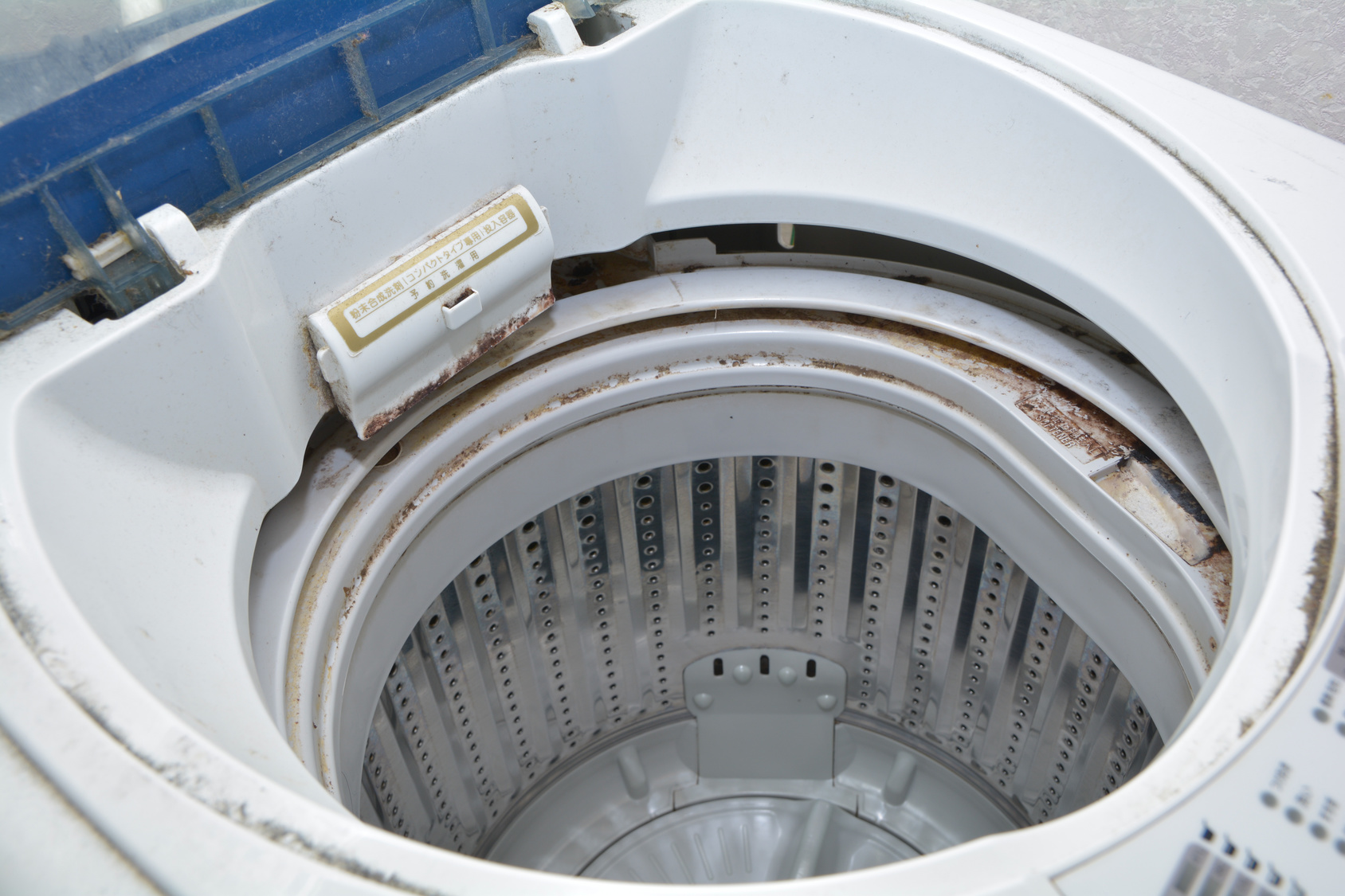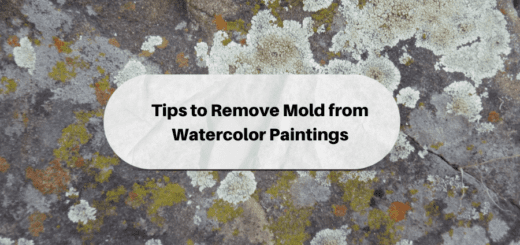Do You Need a Chimney Liner? Here’s how to Find Out
Chimneys must be safe. Whether you use the fireplace to burn wood, have a furnace that vents via a chimney, or use a gas insert or wooden stove, the chimney must handle heat without damaging the home.
As the term suggests, the chimney liner is a protective barrier, usually made of steel or ceramics. The purpose of installing a chimney liner is to insulate heat moving through the chimney. It protects the flammable areas of the home structureStructure refers to the framework or components of a buildin... More.
Why should you be concerned about the chimney liner?
Damage or cracks can reduce the effectiveness of the liner. This makes it risky to light up the fireplace or burn the stove. Not to mention, home inspectors would not pass your home at inspectionInspection is the careful examination and assessment of a pr... More, making it harder to sell (if you are looking to do so).
In years past, chimneys were not lined or fitted with clay linings. This could leadLead is a heavy metal that can be toxic to humans, especiall... More to a crack or other damage quite fast. If you have an older home, it is imperative to have a masonryMasonry is the craft or construction of structures using mat... More expert examine the chimney and assess its resistance to heat.
If you burn wood in your fireplace, you should have the liner inspected periodically. Cleaning the chimney is also a good idea. The residueResidue is any leftover material, such as soot, dust, or che... More from burning wood products, known as creosote, can build up in unlined chimneys and cause disastrous fires.
When do you need a chimney liner?
Because it is hard to see the chimney from within, it could be tough to determine if you should install a chimney liner or not. There are four signs that tell you that you need a chimney liner:
- The chimney walls are deteriorating at a fast pace: When the liner is not in a proper condition, the condensation and heat could damage the bricks or mortar at a higher than average speed.
- If you move into a new place with a chimney: Make sure to check if the chimney is lined. Often, the house has an original clay liner that is damaged due to age and usage.
- When there is a condensation problem: Having water in the chimney is not a good sign. Moisture can cause damage within chimneys. The liner will help to insulate your chimney and keep the moisture from venting away.
- When converting the fireplace: Once you decide to switch from wood to gas or vice versa, it is essential to have the chimney liner inspected and ensure it is in good condition.
It could be arduous for a homeowner to examine the condition of their chimney. It helps to get commercial chimney liner professionals to investigate the condition of your chimney and determine if it is safe to use. Make a mental note of any changes in the performance of a chimney.
Benefits of Installing a Chimney Liner
The most significant perk of having a chimney liner is to elevate the safety of a house and the family within. The heat releases carbon monoxide, a by-product of combustion that could cause severe damage and health issues. Chimney liners will keep carbon monoxide out of the home and ensure it ventilates properly.
Similarly, heat and smoke from the fireplace can enter the home when it is improperly ventilated. This creates excessive sootSoot is fine black particles composed of carbon and other ma... More buildup which is flammable and it can leadLead is a heavy metal that can be toxic to humans, especiall... More to a chimney fire. Chimney liners will prevent the buildup of sootSoot is fine black particles composed of carbon and other ma... More.
Several types of chimney liners are available on the market. The type you should use mostly depends on how you use the fireplace or heat the flue. Whether you switch from wood to gas-burning or vice versa, you must opt for a new chimney liner suitable for that type of fuel. The same goes for heating and hot water equipment because different materials are suitable for different fuel types.
All of these steps are important to make your home winter-ready.
Questions to ask when installing the new liner
Finally, when you decide to get a new liner, it is vital to ask yourself some basic questions:
What liner are you installing and why?
There are three core categories of chimney liners: heavy, light, and high-performance light. The heavy is highly expensive, and the light is the cheapest among them. Naturally, the heavy category is thick and strong, so expect it to cost more. You should know the type of liner used and why the chimney professional has chosen that.
Will the liner have insulation?
InsulationInsulation is a material used in buildings to reduce the tra... More is essential for any liner used for venting fuel appliances. However, there are benefits of having a chimney liner insulated even if you are venting oil or gas appliances, especially if the flue is lined on the outer wall instead of the interior. Ask the chimney professionals about their plans regarding liner insulationInsulation is a material used in buildings to reduce the tra... More.
How will a chimney liner affect venting performance?
A chimney liner that is adequately sized for the furnace, fireplace, or stove should maintain or improve the venting performance. If the liner is smaller than the typical size due to structural considerations, it will adversely impact the draft. This is a discussion to have with professionals before installation.
Final Thoughts
Chimneys have been built from clay, brick, and mortar for over a thousand years. If you get yours cleaned and inspected regularly, you are all set to go. Also, make it a habit to always get a second opinion. If a professional tells you to replace or restructure the chimney, ask another in the field.
Also, if you are using the fireplace and chimney to act as a vent for the furnace, you may not need to install a liner. This type of chimney doesn’t produce enough heat to damage the masonryMasonry is the craft or construction of structures using mat... More.
Make sure to check the condition of the fireplace annually. A trained professional will tell you all about the benefits of a new chimney liner.
Author bio
About Ashley Rosa: Ashley Rosa is a freelance writer and blogger. Writing is her passion and she loves to write articles related to the latest trends in technology and sometimes on health-tech as well. She is crazy about chocolates. You can find her at twitter: @ashrosa2.












